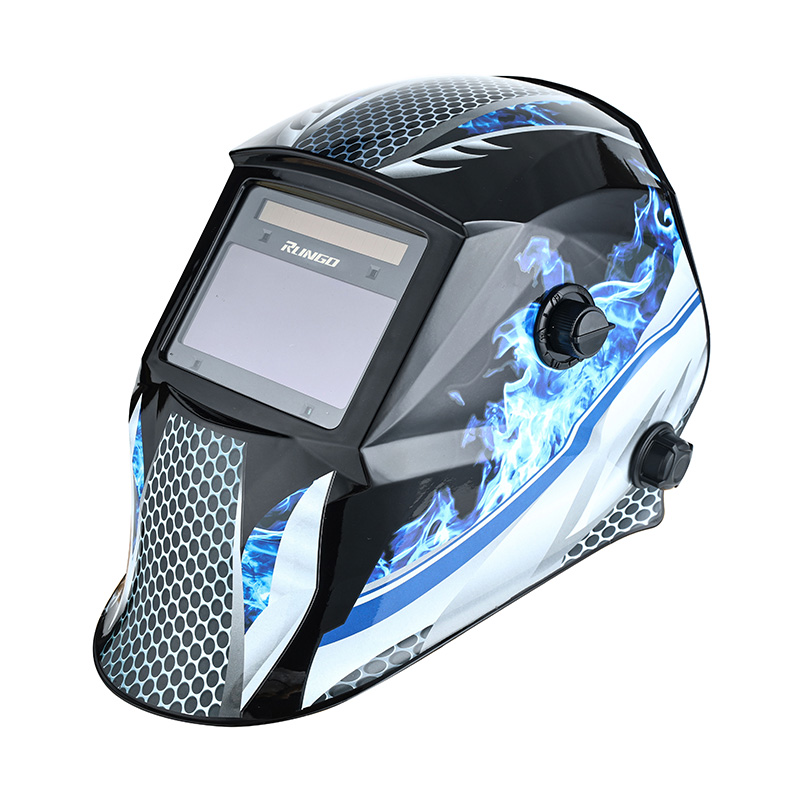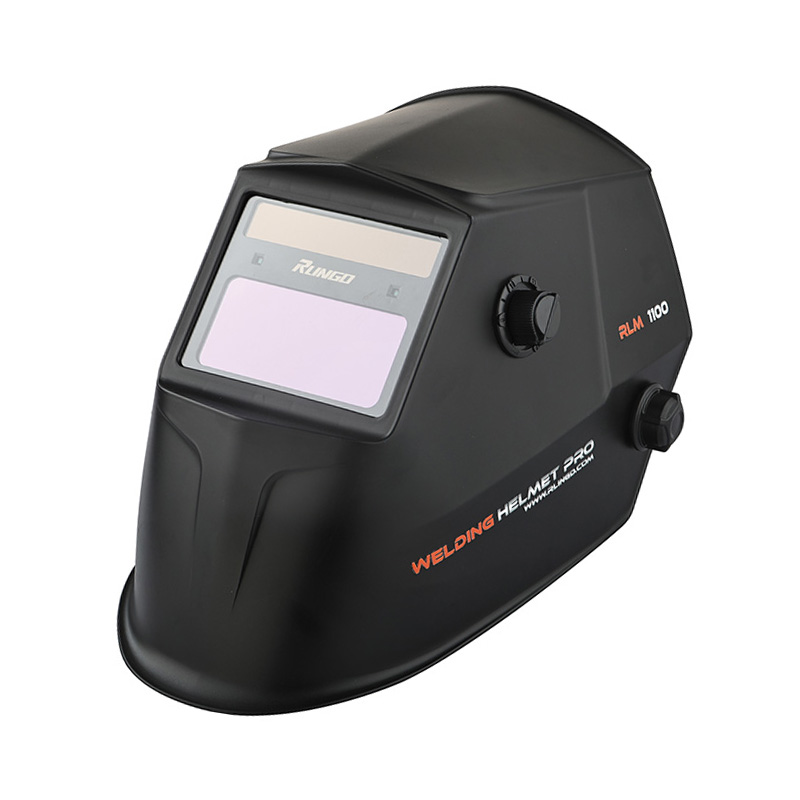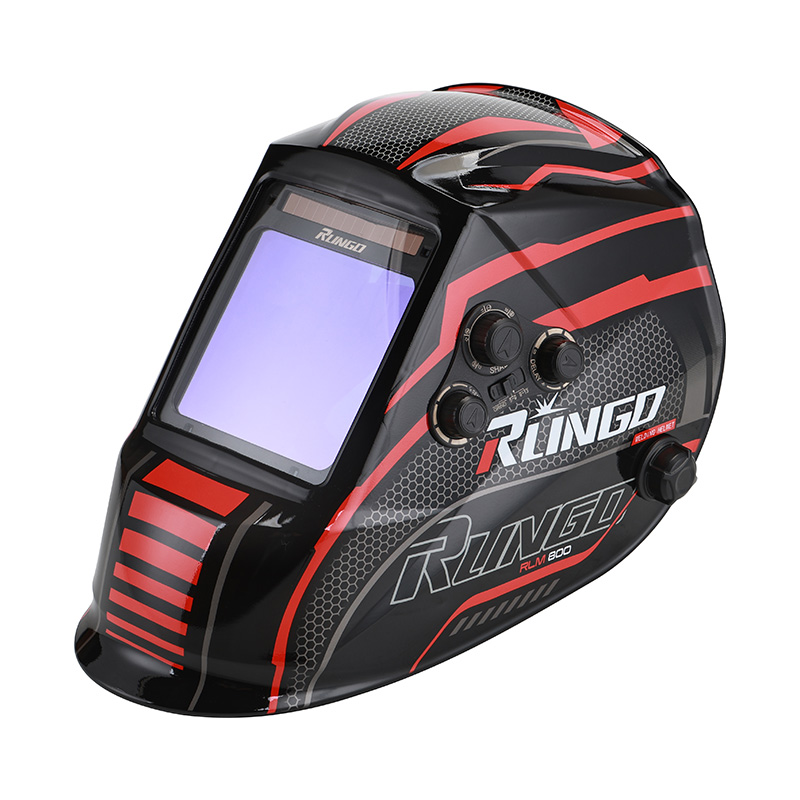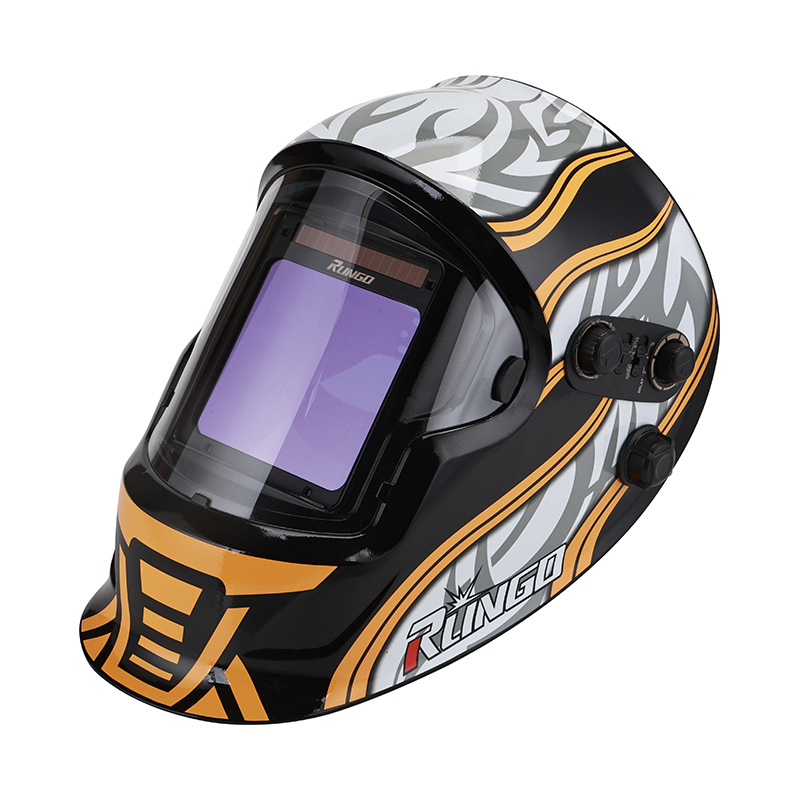Evaluating the Sensitivity and Responsiveness of Light Sensors in an Auto Darkening Welding Helmet
2025-07-11
Why Sensor Sensitivity Matters for Welding Safety
When it comes to protective gear for welding, the effectiveness of an Auto Darkening Welding Helmet largely depends on the performance of its light sensors. These sensors are responsible for detecting the arc’s brightness and triggering the lens to darken automatically within milliseconds. The sensitivity of these sensors directly impacts how quickly and accurately the helmet reacts, which plays a vital role in protecting the user’s eyes from sudden flashes, UV rays, and infrared radiation. High sensor sensitivity ensures that even low-amperage arcs or subtle lighting changes are detected and addressed without delay.
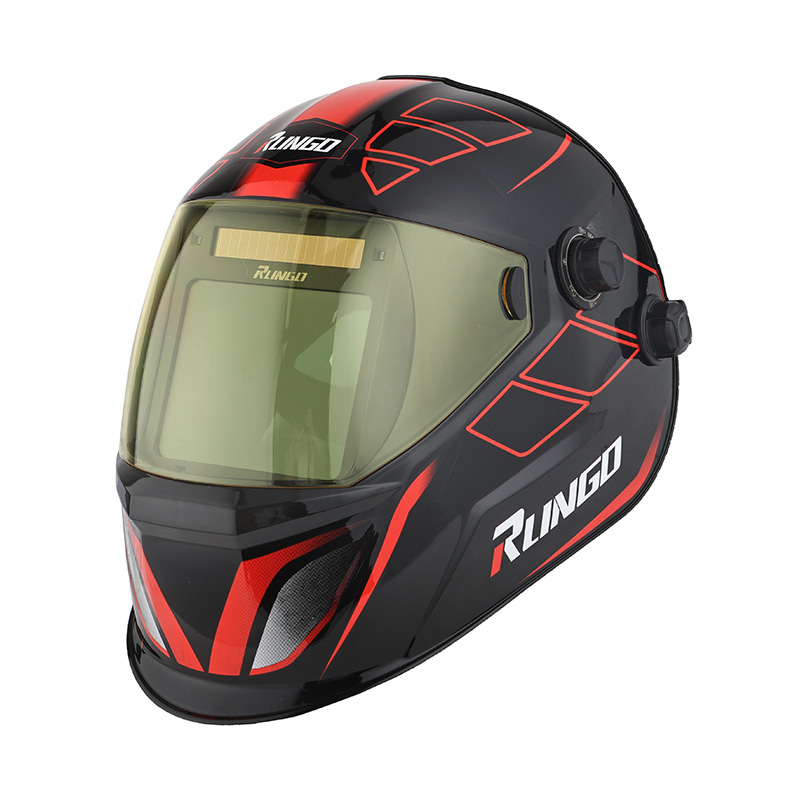
How Sensor Sensitivity Affects Performance Across Welding Types
Different welding processes emit varying levels of light intensity. For example, TIG welding at low amperage produces a less intense arc compared to MIG or stick welding. A helmet with poorly calibrated or less sensitive sensors may fail to detect these lower-intensity arcs in time, exposing the welder’s eyes to potentially harmful light. In contrast, a helmet equipped with high-sensitivity sensors can detect even slight arc ignition, providing instant protection regardless of the welding technique being used. This adaptability is crucial for welders who frequently switch between processes.
Adjustable Sensitivity for Customized Protection
Many modern helmets allow users to manually adjust the sensor sensitivity according to the task at hand. This feature becomes particularly useful in environments with varying levels of ambient light or when dealing with low-visibility arcs. By increasing the sensitivity, the sensors can be tuned to respond more quickly to subtle light changes, while reducing it helps avoid false triggers from sunlight or reflective surfaces. Customizable settings enhance both safety and efficiency by tailoring the helmet’s response to the welder’s specific work conditions.
Number and Placement of Sensors for Suitable Detection
The number of sensors on a helmet also influences its sensitivity and reliability. Helmets typically come with two to four light sensors strategically placed around the lens to improve coverage. Models with four sensors offer more comprehensive detection and are generally more responsive, especially in awkward positions where part of the helmet may be obstructed. Good sensor placement ensures consistent performance, even when welding at angles or in tight spaces, and reduces the chances of “blinding” moments due to sensor blockage.
Responsiveness Time and Safety Assurance
Sensor sensitivity is closely linked to the helmet’s reaction or switching time, which is the speed at which the lens transitions from a light to a dark state. High-quality helmets feature response times as fast as 1/25,000th of a second, which is essential to prevent eye strain and conditions such as arc eye or photokeratitis. If the sensors are not responsive enough, even brief exposure to intense light can be damaging. Therefore, a fast, sensor-driven reaction time ensures consistent protection during every weld, no matter how brief or irregular.
Impact on User Comfort and Productivity
Welders who use helmets with highly sensitive sensors report fewer instances of delayed darkening or flickering during work. This consistent performance reduces distractions, allowing for better focus and increased precision. It also reduces the need to constantly lift the helmet for visual checks, which improves workflow efficiency. The reduced eye fatigue that comes with reliable sensor performance contributes to long-term comfort and occupational safety, especially during extended welding sessions.
Conclusion: Precision Protection Through Advanced Sensor Technology
In summary, the sensitivity of the light sensors in an Auto Darkening Welding Helmet is a defining factor in its effectiveness and reliability. From ensuring fast and accurate lens response to enabling customization for various work environments, sensor performance directly influences both safety and productivity. Helmets with high-sensitivity sensors and adjustable settings offer good adaptability across welding methods and job conditions. Investing in a helmet with dependable sensor technology is essential for any welder seeking consistent eye protection and improved working comfort.



